My Clinic Visit for a Finger Cut in Japan
Injuries can happen in an instant—often when we least expect them. Although I don’t cook very often, I accidentally cut the tip of my left pinky finger while slicing an onion yesterday. The wound was approximately 1 cm long and relatively deep.
The sudden knife injury caught me off guard, but after performing basic first aid, I visited a dermatology and plastic surgery clinic (皮膚科形成外科クリニック) in Japan the following day. This post covers my visit to a Japanese clinic for a knife cut, as well as the medical expenses involved.
– Recommended Reading –
Visit Report: Japanese Dermatology and Plastic Surgery Clinic
Normally, I wouldn’t visit a clinic for a small knife cut, but this time the wound seemed a bit too deep. I decided to go to a nearby dermatology and plastic surgery clinic that I had trusted before—previously, they treated a facial wound with almost no scarring.
After showing the doctor the cut, I was prescribed the following:
・Oral antibiotics for two days
・Disinfection and antibiotic ointment application twice daily (morning and evening)
・Sterile gauze protection to keep the wound clean
The doctor mentioned that suturing was an option, but since the cut was on my finger, it would require keeping the stitches absolutely dry for at least 14 days, which would be very difficult to manage.
Instead, they estimated that my wound could heal naturally within 7 to 10 days, and we scheduled a follow-up appointment 10 days later to check the healing progress.
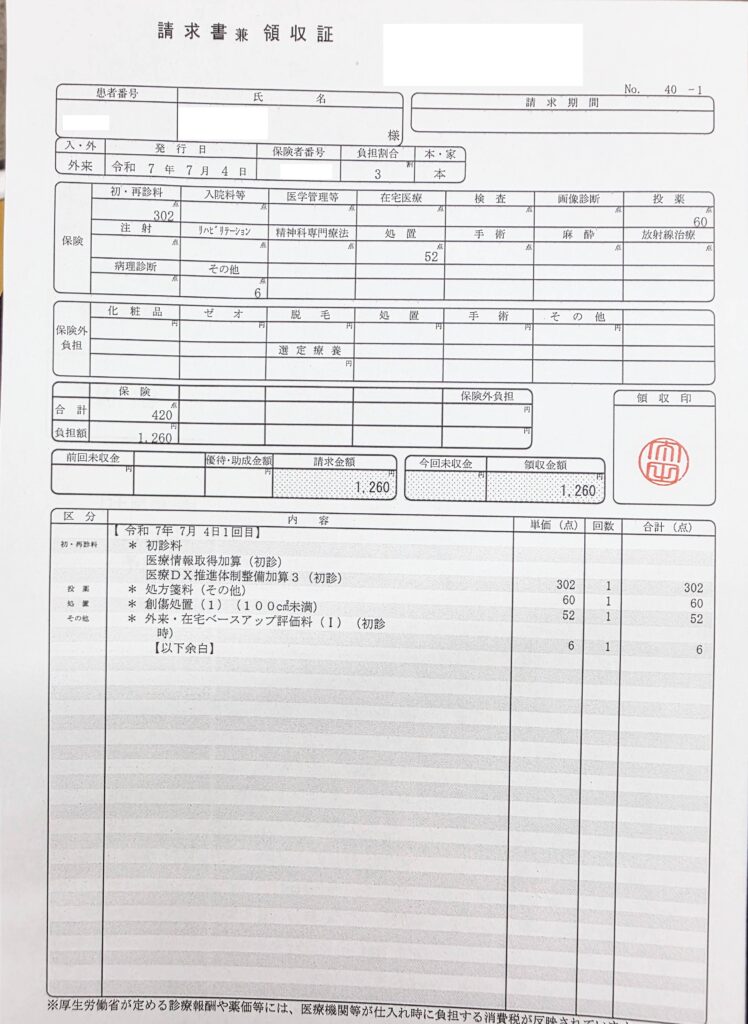
Here is the medical receipt. In Japan, if you’re enrolled in the national health insurance system, you typically pay 30% of the total medical cost out of pocket.
If you’re not sure whether you’re covered, it’s best to check your insurance status before visiting a clinic. For company employees, health insurance is usually included as part of the standard social insurance package.
On this visit, the charges included the initial consultation fee, prescription issuance, and wound treatment, totaling 1,260 yen.
Visit Report: Japanese Pharmacy

If medication is needed, you’ll receive a prescription (処方箋) along with your medical receipt after the consultation. You can then take the prescription to a nearby pharmacy (調剤薬局) to purchase the prescribed medicine.
However, it’s worth noting that some pharmacies may not have certain medications in stock, so you might need to visit more than one pharmacy.
In my case, I was prescribed oral antibiotics, a disinfectant solution, and an antibiotic ointment.
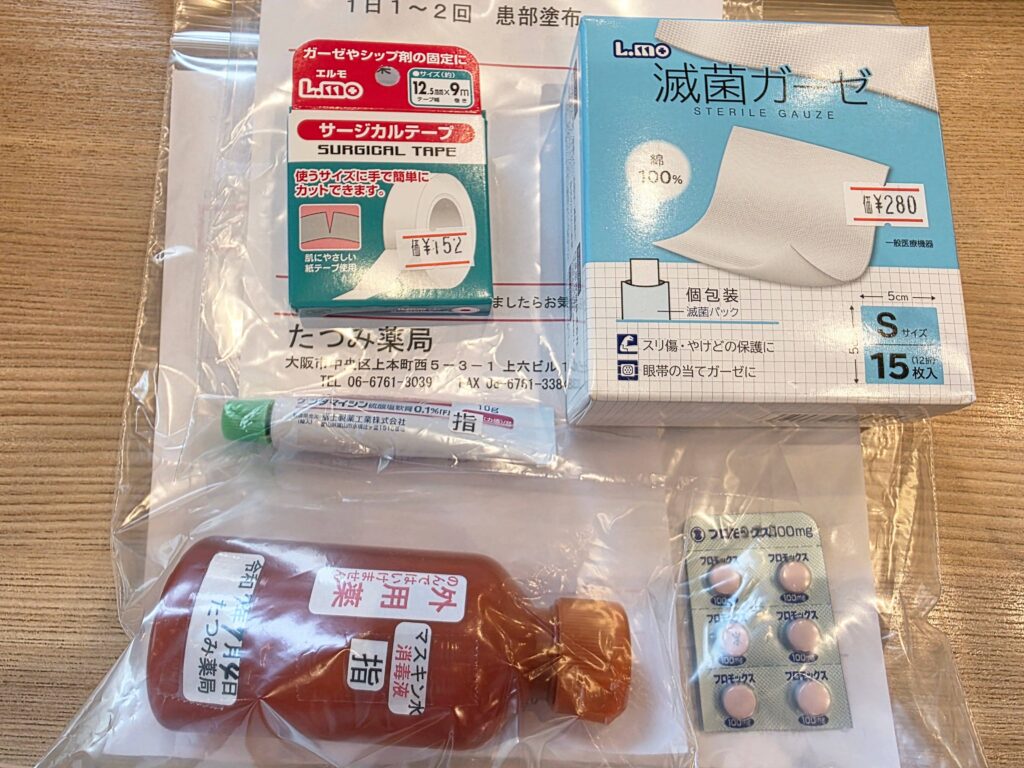
From the top left to right in the photo: surgical tape, sterile gauze, antibiotic ointment, disinfectant solution, and oral antibiotics.
The surgical tape and gauze were not listed on the prescription, but I purchased them separately at the pharmacy to help protect the wound.
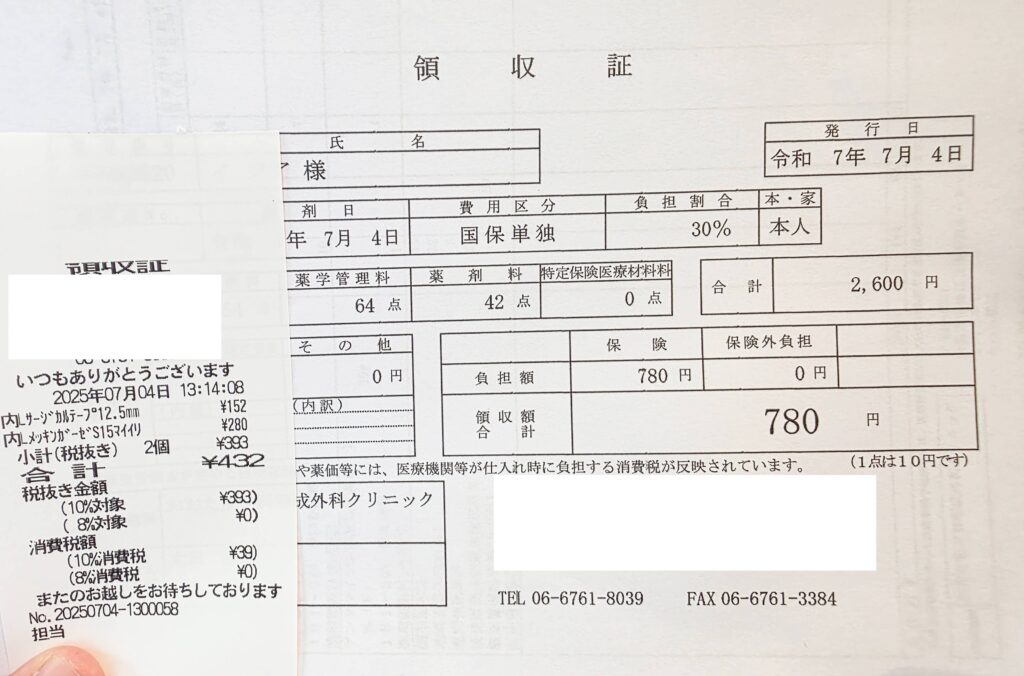
Finally, here is the pharmacy receipt.
The medications purchased with the prescription were covered by insurance, so I paid 30% out-of-pocket, totaling 780 yen. The additional wound care items I bought separately cost 432 yen, bringing the total to 1,212 yen.
In Japan, medical and prescription costs are generally affordable if you’re enrolled in health insurance.
So if you’re ever unsure about a wound, I highly recommend visiting a clinic as soon as possible for proper treatment.
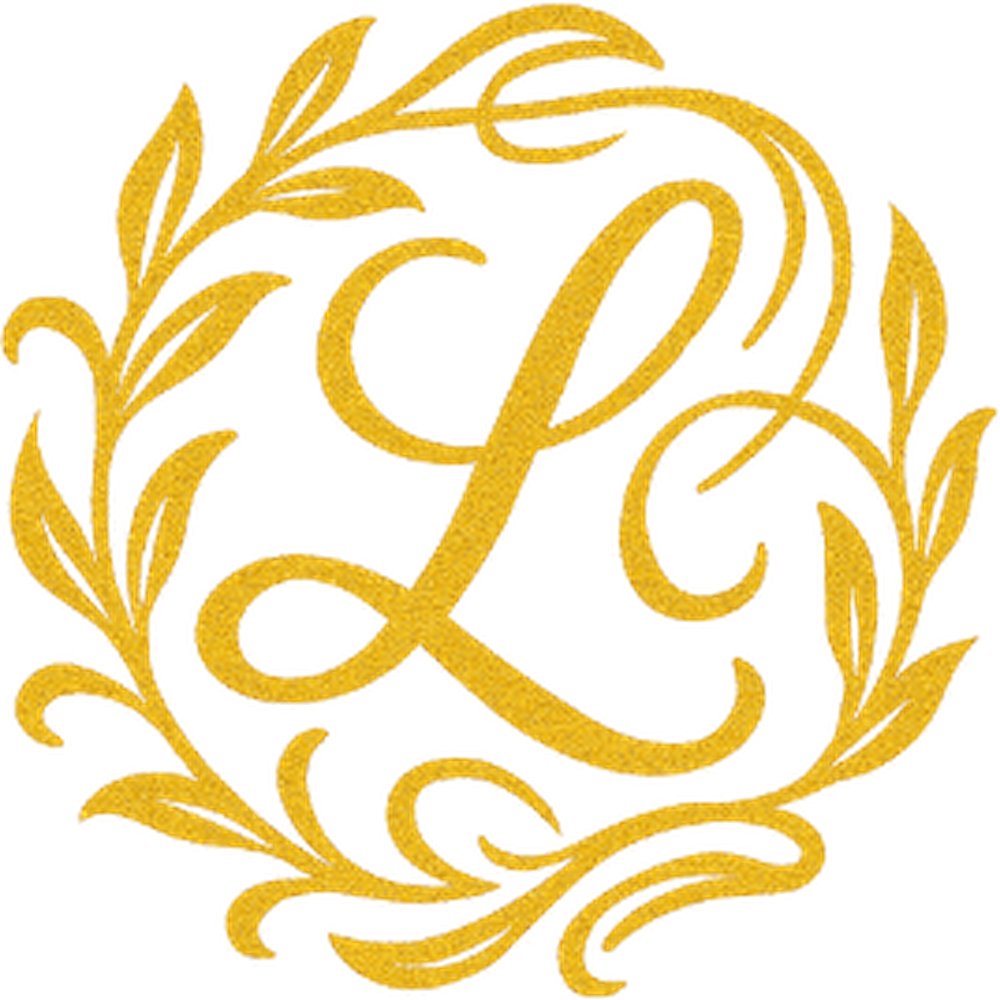
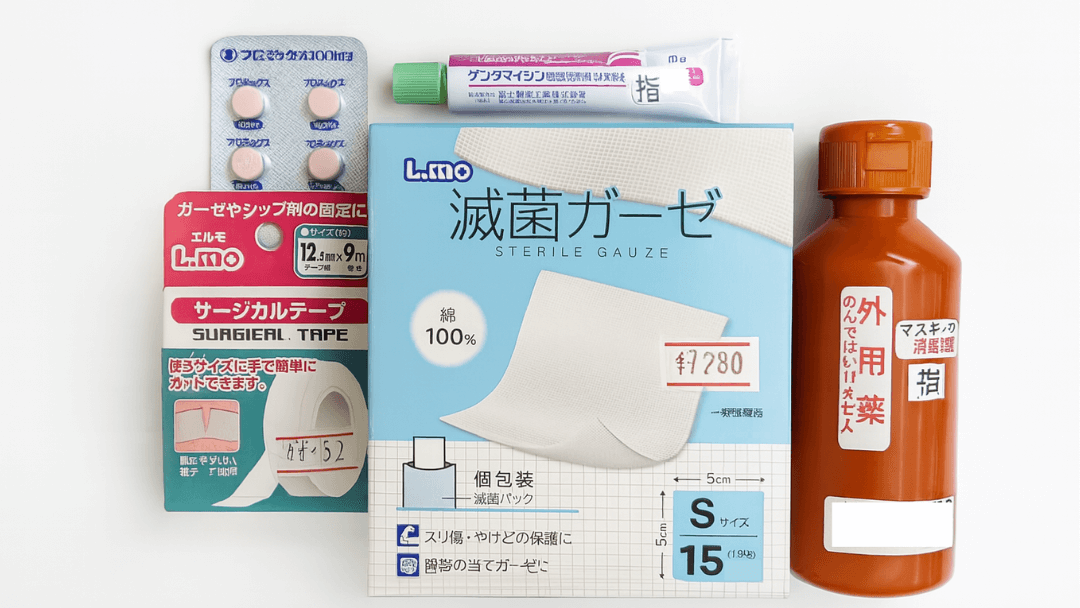


Comments